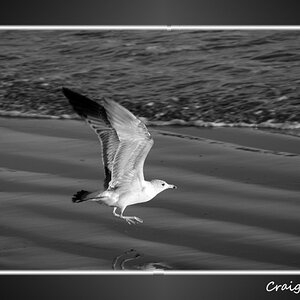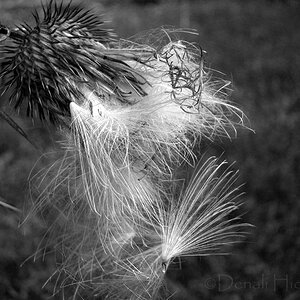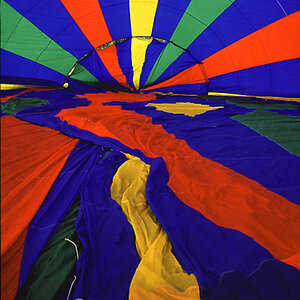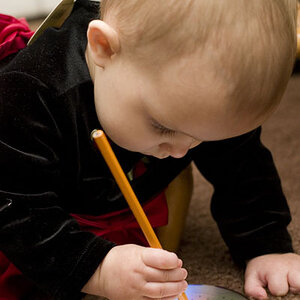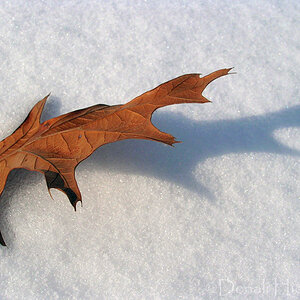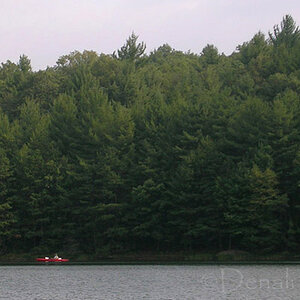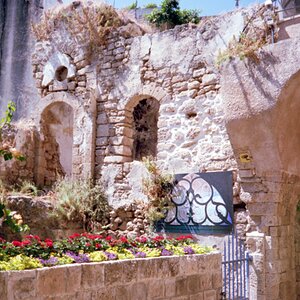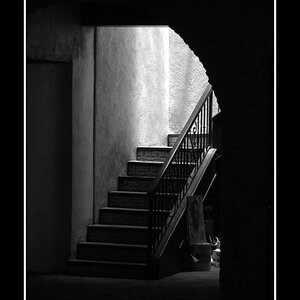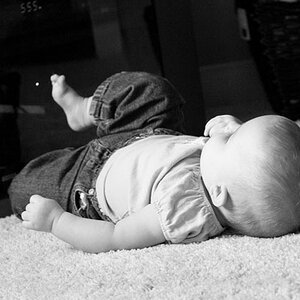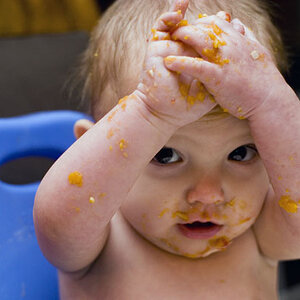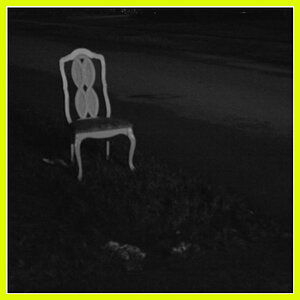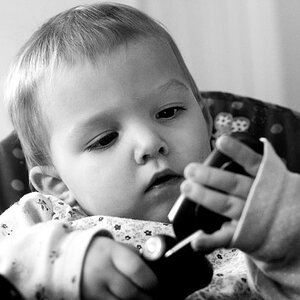dannylightning
Been spending a lot of time on here!
- Joined
- Mar 23, 2014
- Messages
- 2,322
- Reaction score
- 770
- Location
- Akron Ohio
- Can others edit my Photos
- Photos OK to edit
cant get it right, either way to dark or all blown out.. the first photo turned out cool with a heavy edit, the second photo will show you the issue i am having...
there is this clock tower i have tried to shoot a few times at night, its lit up very bright. but its the same thing either comes out washed out big time or its too dark to really see anything so i am wondering how you would set the camera for these types of shots.


there is this clock tower i have tried to shoot a few times at night, its lit up very bright. but its the same thing either comes out washed out big time or its too dark to really see anything so i am wondering how you would set the camera for these types of shots.


